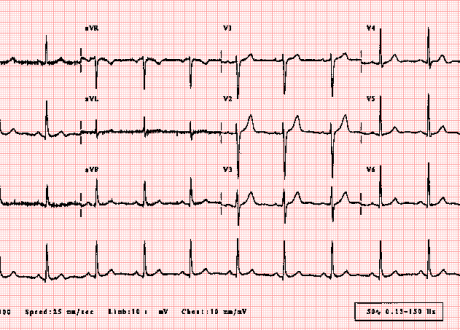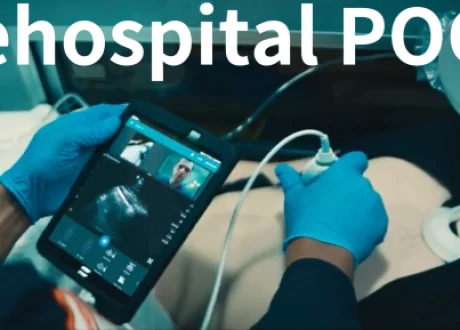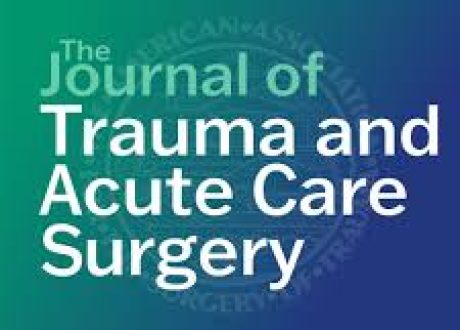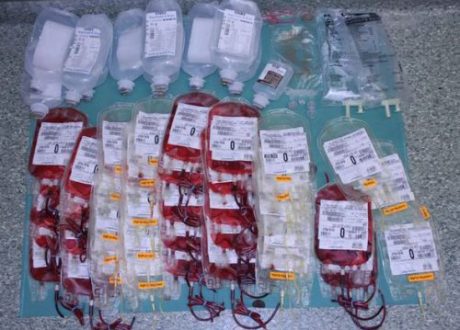John W Pickering ,1,2 Laura Joyce ,2,3 Gerard Devlin,4 Chris Pemberton,1 Richard Troughton,1 A Mark Richards,1 Martin P Than 1,
Abstract 
Background Pathways incorporating clinical risk assessment, ECG and serial troponin measurements for the assessment of patients with possible myocardial infarction (MI) in the ED are standard practice. Incorporating a single troponin test to stratify to low risk of MI using a baseline measurement of cardiac troponin (cTn) with a high-sensitivity T assay (hs-cTnT) is recommended. We aimed to implement a pathway incorporating a single-test component and measure the impact on length of stay (LOS).
Methods There were two study phases: (1) Development and performance assessment of a novel pathway incorporating a single-test hs-cTnT stratification using high-fidelity research data, (2) An audit of the implementation of a single-test Roche hs-cTnT strategy within multiple EDs. The low-risk threshold used for hs-cTnT was 5 ng/L. The safety metric was MI or death not known to be non-cardiac within 30 days (MACE30).
Results Phase I: The derived pathway had 16.3% low risk after one blood draw ≥3 hours from symptom onset with hs-cTnT <5 ng/L, non-ischaemic ECG and ED Assessment of Chest pain Score <21.
Phase II: In six hospitals, there were 10 912 patients in the control arm and 13 997 after implementation of single-test hs-cTnT. The unadjusted estimated mean reduction in LOS after intervention was 1.6% (95% CI 0.4% to 2.9%). After adjustment accounting for increased presentations, this was 8.5% (95% CI 7.7% to 9.3%).
Conclusions Within clinical pathways, a single test with a result from an hs-cTnT of <5 ng/L as a component resulted in a small, but meaningful, reduction in mean ED LOS.









